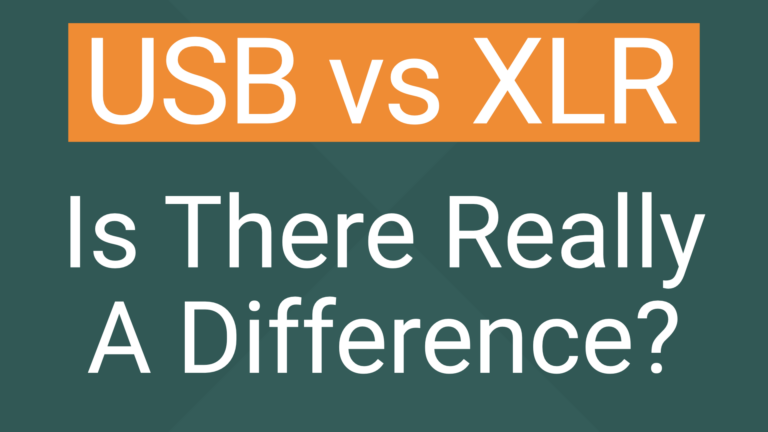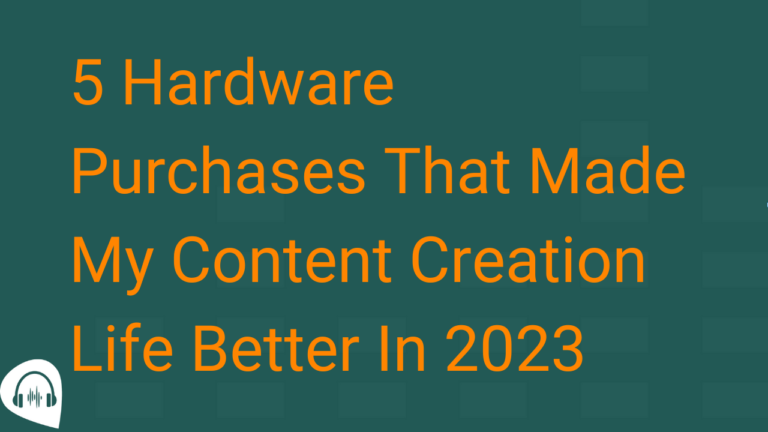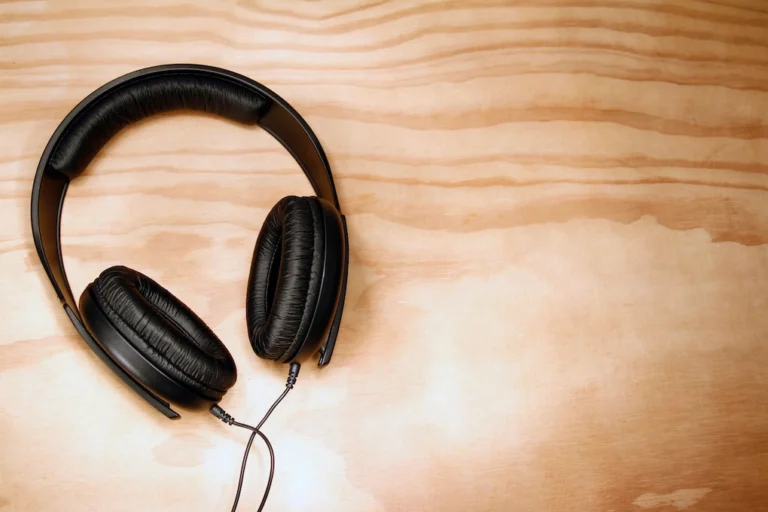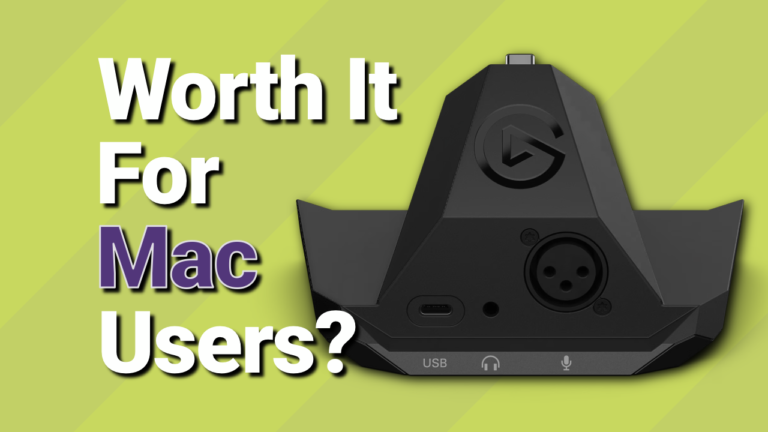Today’s blog post is a bit of a brain dump. I’ve got a few things on my mind that I wanted to share, but they’re not quite substantial enough for individual videos. So, let’s jump into some random thoughts and odds and ends from my world.
Rodecaster Video:
Rode recently released the Rodecaster Video, and it looks promising. It addresses some of the limitations of the Atem Mini Iso, which is probably its closest competitor, by adding USB inputs for mics and cameras and building a 2-channel Rodecaster audio interface into it . I know 4k is complicated to implement in a switcher without increasing the price, but I have to admit that part of me was hoping that Rode would find a way. It would have been nice if Rodecaster Video could take 4k inputs so we could record 4k iso feeds, even if it only outputs 1080.
The Rodecaster Video looks to be a nice option for anyone looking into getting a start with live streaming. It might not be the most cost-effective option if you already have an audio interface unless you want an upgrade. Tom Buck did a really great live stream covering the Rodecaster Video, where he demonstrated a lot of its functionalities. It really seems to address a lot of the frustrations people had with the Atem Minis.
Troubleshooting Audio Issues
Late last year, I upgraded my audio setup to improve recording quality and reduce reliance on noise reduction. I added the Cranborne Audio EC-1 Camden preamp, known for its clean sound. However, I was surprised to find it was still a bit noisy, even with a condenser mic.
After some troubleshooting, I discovered that switching from the XLR output to the TRS output on the preamp significantly reduced the noise. While XLR typically provides a cleaner signal, it’s worth experimenting with both outputs to see which works best in your specific setup.
The Importance of Backup Plans
Earlier this year, I switched from a dual 27″ monitor setup to a single 49″ ultrawide screen. While I enjoyed the extra screen real estate, especially for editing, the monitor started acting up a couple of months ago.
I reached out to tech support, and they approved a warranty replacement and said I could expect it in 2 days. However, they were out of stock, and the estimated arrival date kept getting pushed back. As I rely heavily on my monitor for work, I decided to purchase a backup 49″ ultrawide monitor instead of a second 27″. I went with a Samsung Viewfinity S9 because it was on sale, despite its larger curve.
The new monitor ended up becoming my primary display, and I appreciate its larger curve radius. It took almost a month for the warranty replacement to arrive, highlighting the importance of having backups or at least a backup plan for critical equipment.
An Ask of You: Shaping Future Content
As I plan my content for next year, I’d love to hear your thoughts. What topics would you like me to cover? What equipment are you interested in learning more about? What challenges are you facing in your podcasting journey? You can let me know in the comments section of the video above.
I’m also looking to build my mailing list and provide valuable content beyond YouTube. If you’re interested in receiving updates and insights, please sign up at Tansyasteracademy.com/contact.
Is Castmagic Better than ChatGPT?
I recently tried Castmagic after hearing positive feedback, but I was underwhelmed. While they have a great community and responsive support, the platform felt like a collection of generic prompts producing generic outputs.
The biggest drawback for me was the lack of memory compared to other AI tools like Chat GPT and Gemini. With Gemini, I can train it on my content to learn my voice. I can then train it on my client’s content to learn their voice and preferences. Castmagic requires more manual customization to get results that don’t sound like Chat GPT. At that point, why not just cut out the intermediary, and do the work yourself in Chat GPT?






